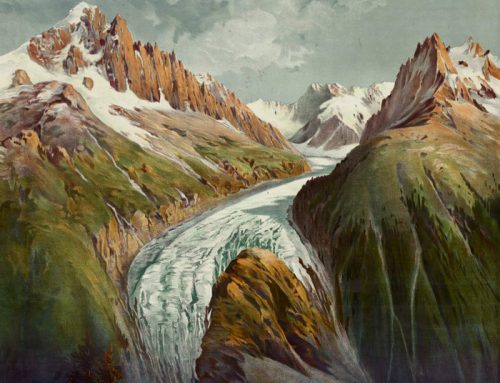A 2.4 billions population increase that could endanger the Earth
03/07/2017
Tiempo de lectura: 3 minutos
By 2050, the world’s current population of 7.3 billion is expected to rise to 9.7 billion—a 2.4 billion increase that could endanger the Earth. Growing unsustainably, human overpopulation has developed into a critical issue that accelerates other environmental risks, such as species extinction, natural resource depletion, biodiversity loss, and climate change. While there are countless individuals who embrace sustainable living and several countries that contain small ecological footprints, the overall environmental impact of overpopulation is being examined. Thus, with humans exceeding the capacity and resources of the Earth, they can potentially generate harmful implications for themselves and the environment.
Currently, the Earth is undergoing its sixth mass extinction, the only one driven by the human race. Thousands of species, including 25% of mammals and 13% of birds, are endangered. As the demand for resources increases, human activity stimulates the invasion and destruction of habitats through land clearing, poaching, over-hunting, and global warming, all of which accelerate species extinction. Although half of the Earth’s landmass is dedicated to human use, overpopulation requires further expansion for residential and commercial purposes. As a result, nearly 17% of the Amazon rainforest has been deforested, jeopardizing 10% of the world’s biodiversity for cattle ranching.
As our unsustainable consumption outstrips available resources, humans are contributing to a depletion of natural resources. Exhausting our land, freshwater, clean air, and vegetation, the growing population is creating a competitive demand for these life-sustaining resources and leading to a decline in quality of life. According to the 2030 Water Resources Group, by 2030 water demand in numerous developing countries will surpass its supply by 50%. Such shortages can ignite conflicts and wars over remaining resources, perpetuate poverty, or lead to famines. Our excessive consumption can also impact species by restructuring their ecosystems. As human activity increases the scarcity of basic needs, it forces species to confront severe environmental losses.
Encroaching on natural ecosystems, human overpopulation is accelerating habitat loss. The rise in population fosters perilous human activities, such as deforestation and excessive agriculture, that degrade ecosystems supporting biodiversity. Losing 30% of ocean reefs due to ocean acidification or 53% of America’s wetlands due to agriculture not only endangers species but also affects the web of life that humans depend on. The destruction of forests, ocean reefs, or wetlands threatens our quality of life as we rely on healthy ecosystems for air, food, and water. Despite rainforests producing oxygen and containing 30% of the planet’s freshwater, humans have reduced the original 14% of rainforests covering Earth to roughly 6%. Absorbing carbon dioxide, forests are also vital for mitigating climate change. Yet, through deforestation, nearly 15% of all greenhouse gases are emitted, threatening Earth’s biodiversity.
As the human population grows, so does our overall carbon footprint. Interlinked, climate change and overpopulation severely threatens the biodiversity and wellbeing of the Earth. Encouraging human activity, population growth perpetuates the emission of greenhouse gases, amplifying climate change. These man-made gases are produced by the increase in vehicles, industries, and energy sources. Thus, the more people means the greater demand for fuels that release carbon dioxide. Through climate change, droughts, floods, famines, habitat loss, and species extinction can occur. Yet, the most profound consequence of climate change is its existential threat to humanity. Unfortunately, several communities are already experiencing the reality of climate change as rising sea levels are gradually sinking their Pacific islands.
For humans to protect the Earth, we must recognize the impact of our growing population and excessive consumption patterns. We must fully embrace sustainability. Our future—and that of the Earth’s—relies on the existence and preservation of biodiversity and natural resources. Thus, we must engage in more conservation efforts and implement more proactive policies to diminish all threats to global biodiversity.
Christina Tatum
International Relations student at the University of Southern California
Sources:
World population projected to reach 9.7 billions in 2050 (UN)
Effects of human overpopulation (Everythings Connects)
Future threats to biodiversity and pathways to their prevention (Nature)
What is overpopulation? (Earth Eclipse)
Deforestation (WWF)








